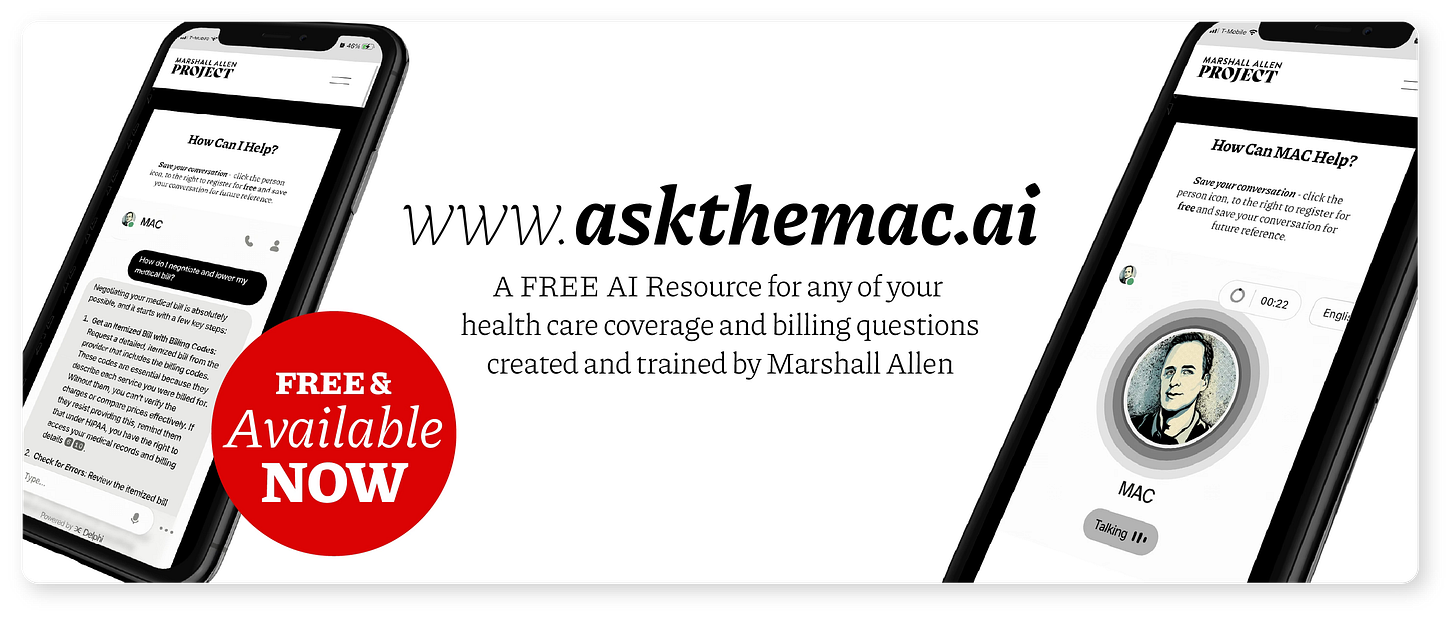Teacher Takes Health Care to School
Jordan Whitney, a middle school science teacher in Cleveland, shared her experience with chest pains and an emergency room visit that left her with a $1,900 bill.
“I was teaching with an N95 mask and a face shield. I had 74 students that year, and I was scared I would get sick.” Jordan Whitney recalled the stressful 2020-2021 school year that played out during the peak season of COVID-19. She is a 7th grade science teacher at a middle school in Ohio and has been teaching for nine years.
Jordan’s story dates back to June 2021 when her classes were wrapping up and summer was just around the corner. “It was the last day of school, and I had been having chest pains for several days leading up to this.” Teaching at any grade level is no easy task and here she was closing out one of the busiest school years yet. Her job during COVID became more complicated with all the masking, distancing, and coordination requirements. Having to virtualize and digitally deliver her curriculum for students who couldn’t be present in-person made life even harder.
On the last day of school that year, she recalled thoughts of not experiencing any summer excitement and shared that it felt like the hardest year of her life. After she went home and put her one-year-old and three-year-old boys to bed, she had a conversation with an immediate family member about her chest pain that was getting progressively worse.
“You just have to go. You can’t wait.” Jordan’s family member suffered from a heart attack several years ago, so these two sentences served as the only convincing she needed to act.
After arriving at the emergency room of University Hospitals Ahuja Medical Center, she waited for several hours. Once triaged, her basic vitals were taken, blood was drawn for analysis, and an electrocardiogram (EKG) was performed. The results didn’t raise any red flags, and the medical staff sent her home in the early hours of the following day.
Although exhausted, Jordan went home feeling relieved that no serious medical diagnosis emerged. The next time her stress levels rose was when the bill for her emergency room encounter arrived by mail.
“When I received the bill, it was almost two grand ($2,000), and that was after they billed my insurance,” Jordan recalled, sharing her shock at the amount. The insurance through her job at the school was United Medical Resources (UMR), a third-party administrator (TPA) for UnitedHealth Group. The UMR plan Jordan enrolled in was a Health Savings Account (HSA) eligible and came with an employer-contribution match that she took full advantage of.
Total billed charges for her ER visit were $3,197, and her insurance adjusted it down to $1,973.
It was at this point that Jordan remembered hearing a then-recent podcast episode with a gentleman who said something along the lines of, “never pay the first bill.” It should come to no surprise for many of us that this man was the late Marshall Allen. NPR’s Leila Fadel featured a Weekend Edition Saturday podcast with Marshall discussing his investigative journalism at ProPublica and a book called Never Pay the First Bill. The NPR episode aired on July 3, 2021.
Armed with Marshall’s tools and tips, the first step she had to take was calling the hospital to request an itemized bill. It’s hard to examine charges if you have no idea what services they map back to.
Jordan had her second billing round of shock and awe when she realized what each individual charge represented. The largest charge on her bill was “Emergency Room Evaluation & Management Level 4” charged at $1,582 before insurance adjustment. A level 4 code is used for visits where a patient’s problems are serious and require urgent evaluation, but don’t immediately threaten their life or health. To put things in perspective, level 5 is the only code that sits above this, representing an immediate, significant threat to life scenario.
“I looked up the level, and there was language that it should be treated like an emergency. But it didn’t seem right because they had me sit in the waiting room for 3 hours.” Actions speak louder than words. The codes didn’t match the level of service she received.
Higher-level codes mean higher reimbursement for hospitals. This creates a financial incentive for upcoding—assigning more severe diagnoses or higher billing codes than the patient’s condition or services warrant. Upcoding can take many forms, but when patterns suggest intentional exaggeration, it crosses the line into medical billing fraud.
As she went down the list of services on the bill, Jordan noticed that she never received some of the services she was being charged for. Leaning on Marshall’s guidance and insights, she began an appeal process with the hospital. Jordan laid out a narrative that was easy to follow. “This is the code. This is what the code says. This was the actual service that I was given. It doesn’t fit this code.”
Jordan leaned into artificial intelligence tools to help her draft her appeal (check out the MAC, an AI-powered advocate to put the power of Marshall’s work in your pocket). By suggesting a more appropriate (level 3) billing code and providing specific details about the actual services she received, the hospital adjusted Jordan’s bill. In a process that she described as “really easy,” the hospital sent her a revised balance of $450 (non-itemized, for the record).
Jordan used funds from her Health Savings Account and paid the reduced, fair, and fitting charges. “I never would have done this without [Marshall’s] guidance.”
Congratulations, Jordan!
If you or anyone you know has a Victory Story to share, please reach out.
Fast forward to today, and Jordan is once again locked in a fresh billing battle—this time over a routine Pap smear. Historically, this test had always been covered by her insurance. But now, she’s facing a $2,000 bill after her initial appeal was denied. The reason? The test was deemed “investigational and experimental.”
Jordan is determined not to let this stand. Armed with the same tools and strategies she used to successfully contest her emergency room bill, she’s already begun the process of disputing this charge.
Any readers with suggestions—like tips for appealing insurance denials or resources for contesting 'experimental' designations—please share in the comments to support Jordan on her advocacy journey.
Final Thoughts and Key Takeaways:
Jordan’s story is a reminder that the fight for fair health care billing doesn’t end with one victory. It’s an ongoing process that requires persistence, courage, and the right knowledge. Her experience shows that even when the system feels stacked against you, you can push back—and win. You can help mitigate those overwhelming feelings by having a plan and steps to follow:
Always Request an Itemized Bill:
Ensure it includes billing codes. Without this, you can't verify charges or contest errors.Check Billing Codes for Accuracy:
Use tools like fairhealthconsumer.org to confirm that codes match services and prices are fair.Challenge Unfair Charges:
Write a clear, evidence-based appeal. Dispute in writing and keep records of all correspondence.Leverage Resources:
Use AI tools like the MAC or consult Never Pay the First Bill for step-by-step guidance.Empower Yourself:
Jordan's story proves that persistence and knowledge can save you thousands. Take action and share your victories to inspire others.
If you or someone you know is facing a similar situation, take action. And if you need help, don’t hesitate to reach out for resources or guidance. Together, we can hold the health care system accountable, one bill at a time.
Well done, Jordan, for continuing to stand up for what’s right. Your story inspires others to do the same. Let’s keep fighting.









